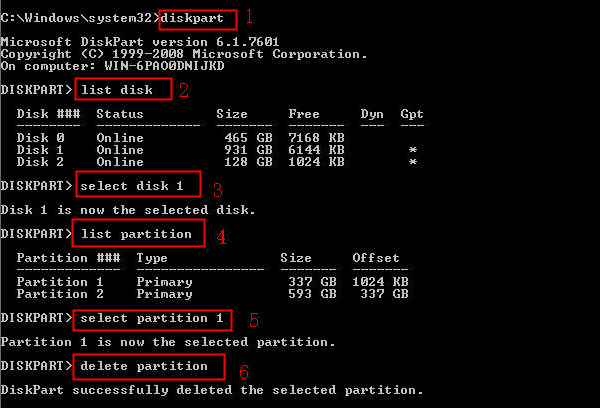Bootable USB Installers for OS X Mavericks, Yosemite, El Capitan, and Sierra
Oct 05, 2015 I have the same issue with my USB bootable stick created with TransMac utility. I have no other mac os near me, so can't use mac software. So my Air 2009 couldn't see this USB stick with el capitan - tried to unplug it due to load with no success. Tried with 5 different sticks - USB stick is not a problem here. Any solution guys? Jan 13, 2020 Below are the steps needed to create an USB flash drive El Capitan bootable installer. Download the InstallMacOSX.dmg file by clicking on the OS X El Capitan 10.11 link in the Apple document 'How to get old versions of macOS'. These instructions assume this file has been downloaded to your /Downloads folder. I have the same issue with my USB bootable stick created with TransMac utility. I have no other mac os near me, so can't use mac software. So my Air 2009 couldn't see this USB stick with el capitan - tried to unplug it due to load with no success. Tried with 5 different sticks - USB stick is not a problem here. Any solution guys?
First, review this introductory article: Create a bootable installer for macOS. Second, see this How To outline for creating a bootable El Capitan installer. Simply replace the Terminal command with the one from the preceding article by copying it into the Terminal window. You will need an 8GB or larger USB flash drive that has been partitioned and formatted for use with OS X.
Drive Partition and Format
- Open Disk Utility in the Utilities' folder.
- After Disk Utility loads select the drive (out-dented entry with the mfg.'s ID and size) from the side list.
- Click on the Erase tab in the Disk Utility toolbar. Name the drive, 'MyVolume'. <---- IMPORTANT!
- In the drop down panel set the partition scheme to GUID. Set the Format type to Mac OS Extended (Journaled.)
- Click on the Apply button and wait for the Done button to activate. When it does click on it.
- Quit Disk Utility.
Create Bootable Usb El Capitan
Create Installer

Open the Terminal in the Utilities' folder. Choose the appropriate command line (in red) depending upon what OS X installer you want. Paste that entire command line from below at the Terminal's prompt:
Command for macOS High Sierra:
sudo /Applications/Install macOS High Sierra.app/Contents/Resources/createinstallmedia --volume /Volumes/MyVolume --applicationpath /Applications/Install macOS High Sierra.app
Command for macOS Sierra:
sudo /Applications/Install macOS Sierra.app/Contents/Resources/createinstallmedia --volume /Volumes/MyVolume --applicationpath /Applications/Install macOS Sierra.app
Command for El Capitan:
sudo /Applications/Install OS X El Capitan.app/Contents/Resources/createinstallmedia --volume /Volumes/MyVolume --applicationpath /Applications/Install OS X El Capitan.app
Command for Yosemite:
sudo /Applications/Install OS X Yosemite.app/Contents/Resources/createinstallmedia --volume /Volumes/MyVolume --applicationpath /Applications/Install OS X Yosemite.app
Command for Mavericks:
sudo /Applications/Install OS X Mavericks.app/Contents/Resources/createinstallmedia --volume /Volumes/MyVolume --applicationpath /Applications/Install OS X Mavericks.app
Press RETURN. You will be asked for your admin password. It will not echo to the Terminal window. Then press RETURN again. Wait for the return of the Terminal prompt signifying the process has completed. It takes quite some time to finish. Be patient.
El Capitan Boot Disk
Sep 13, 2018 1:16 PM